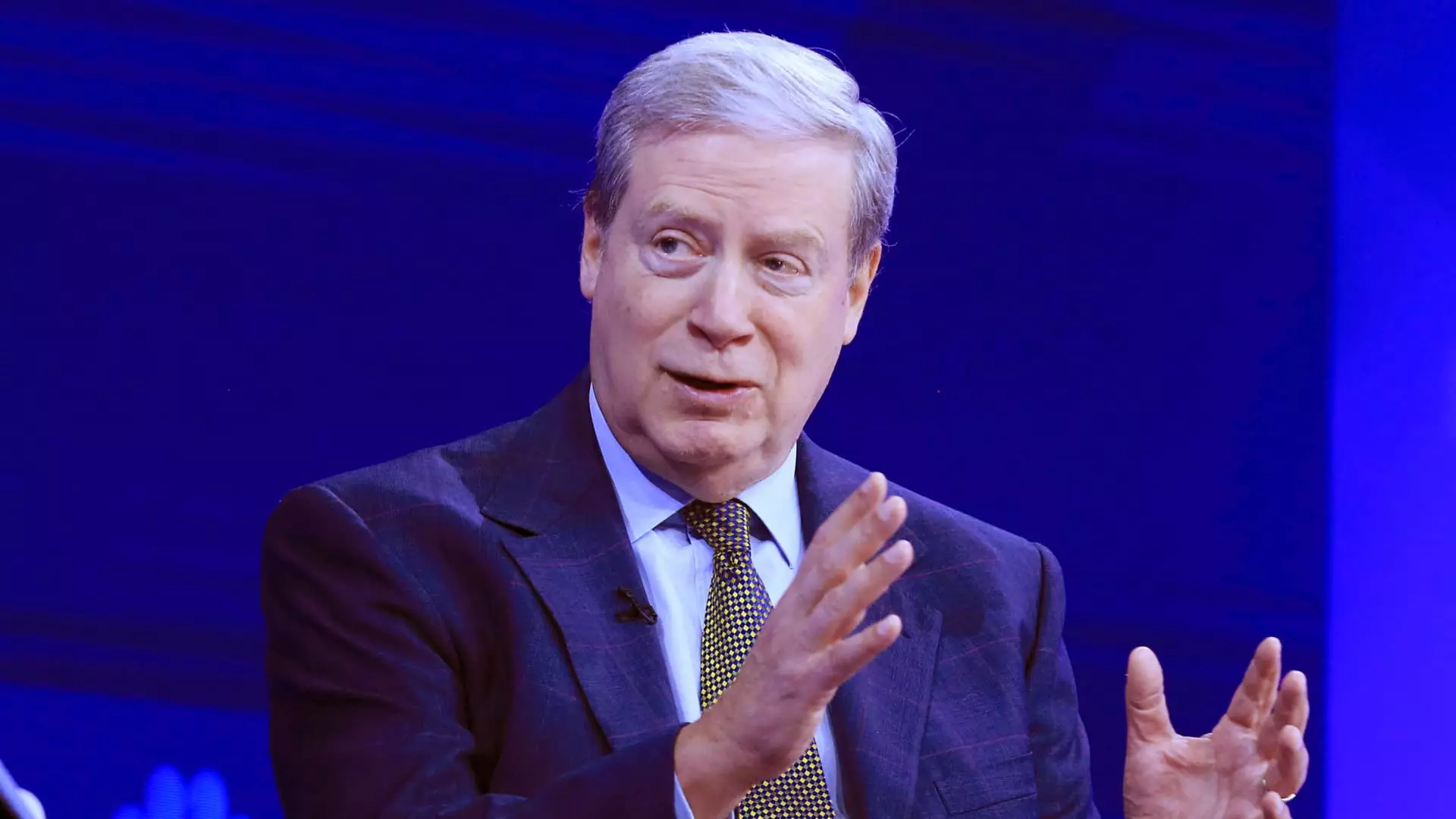In recent remarks, billionaire investor Stanley Druckenmiller expressed renewed optimism over the economic landscape following the re-election of Donald Trump. His commentary suggests a significant shift in corporate sentiment, moving from a historically anti-business climate toward one of encouragement and growth. This perspective sheds light on potential market dynamics and investor behavior in the near future.
A Shift in Business Sentiment
Druckenmiller points out that after nearly five decades in investment, he perceives an extraordinary transition in the attitudes of business leaders toward the current administration. “We’ve gone from the most anti-business administration to the opposite,” he noted in an interview—a sentiment echoed by many CEOs who report feeling a mixture of relief and exuberance. This shift is pivotal; it indicates a broader transition in confidence among business leaders, which can profoundly impact market performance and investment decisions.
This enthusiasm, dubbed “animal spirits” by Druckenmiller, refers to the laissez-faire dynamics that drive investors to take risks and spur economic activity. The palpable excitement among corporations indicates a readiness to invest, expand, and innovate as they anticipate favorable conditions built on Trump’s proposals, primarily focused on tax cuts and deregulation. However, while this optimism could signal a robust economic landscape ahead, context is crucial.
The Balancing Act: Strong Economy vs. Rising Bond Yields
Despite his bullish stance on economic growth, Druckenmiller underscores caution concerning the stock market, primarily due to rising bond yields—a point he underscores as “complicated.” Investors often view high bond yields as a barometer of economic performance; however, they can also serve as a counterweight to the bullish momentum in equity markets. Druckenmiller is navigating this complexity with a strategy that includes short positions in Treasuries, reflecting a belief that yields will continue to escalate.
The S&P 500 experienced a substantial upswing of nearly 6% in November following Trump’s victory, which speaks to immediate investor enthusiasm. Yet, as bond yields rise in response to economic strengthening, each increment in yield could temper the exuberance seen in the stock markets, leading to volatility. This intricate interplay requires astute navigation for investors aiming to capitalize on potential gains without succumbing to unforeseen risks.
Amidst these macroeconomic factors, Druckenmiller emphasizes an interest in individual stocks, particularly those positioned to leverage artificial intelligence (AI) technology. He identifies AI as a transformative force likely to reduce operational costs and enhance productivity within businesses. Though specific examples of AI stocks were not disclosed following his exit from investments in tech giants like Nvidia and Microsoft, his assertion implies a shift towards companies that effectively harness AI to improve their operational efficiency and financial performance.
This focus on sector-specific dynamics rather than broader market trends marks a crucial strategic pivot. It’s a reminder that amidst overall market fluctuations, specific industries and technologies could present unique opportunities for savvy investors.
Turning to trade policies, Druckenmiller addressed concerns surrounding Trump’s potential tariffs, suggesting that instead of undermining market growth, they could serve as a vehicle for increasing fiscal revenues. He contextualized tariffs as a “consumption tax” that is predominantly borne by foreign entities, providing a mechanism through which the U.S. can alleviate some of its fiscal pressures.
While he acknowledged the risks of retaliation from trading partners, he conveyed that the current levels of tariffs, particularly when kept within a manageable range, should not overly deter investment or market growth. From his perspective, any concerns about inflation stemming from these tariffs appear overstated compared to the potential fiscal benefits they might generate.
A Cautious Optimism for Investors
Druckenmiller’s insights encapsulate a nuanced view of the market dynamics in the United States following Trump’s re-election. While optimism among business leaders signals a potential resurgence in economic activity, rising bond yields and trade policy risks necessitate a careful approach. Investors should remain vigilant, balancing their enthusiasm for emerging opportunities, particularly in sectors like AI, against the backdrop of macroeconomic uncertainties. The landscape may be ripe for those willing to navigate its complexities with a discerning eye.

